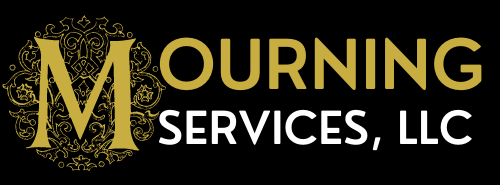Turn your Home into Cashflow
Leveraging Your Home as a Cash-Flowing Rental to Fund Assisted Living Care
As we age, the prospect of needing assisted living care becomes a reality for many. The cost of assisted living can be significant, often exceeding $4,000 per month in the United States. For those with limited savings, this expense can be daunting. However, one potential solution lies in leveraging your home as a cash-flowing rental property. By transforming your residence into a source of income, you can help offset the costs of assisted living care while also benefiting from property appreciation and increased equity over time.
The Financial Burden of Assisted Living Care
Assisted living facilities offer essential services such as personal care, housekeeping, meals, and medical assistance, providing a supportive environment for those who need help with daily activities. However, the costs associated with these facilities can quickly add up. According to Genworth’s 2020 Cost of Care Survey, the national median cost for assisted living is around $4,300 per month. This cost varies by location and level of care required, but even the most affordable options can strain personal finances.
Turning Your Home into a Rental Property
One viable strategy to manage these costs is to convert your primary residence into a rental property. This approach can generate a steady stream of income, which can be used to cover assisted living expenses. The first step in this process is to evaluate the rental market in your area. Understanding the demand for rental properties and the potential rental income is crucial.
Steps to Transform Your Home into a Rental Property
Market Research: Investigate rental prices for similar homes in your area. Online platforms such as Zillow, Rent.com, and local real estate websites can provide valuable insights into current market rates.
Legal Considerations: Ensure that you comply with local zoning laws and regulations regarding rental properties. It may be necessary to obtain a rental license or permit.
Property Management: Decide whether you will manage the property yourself or hire a property management company. A property manager can handle tenant screening, rent collection, maintenance, and other tasks, allowing you to focus on your transition to assisted living.
Increasing Equity Through Appreciation
One of the significant advantages of holding onto your property as a rental is the potential for long-term appreciation. Real estate generally appreciates over time, meaning the value of your home is likely to increase. This appreciation can significantly boost your equity, providing additional financial security.
Equity is the difference between the market value of your home and the outstanding balance on your mortgage. As your property appreciates, your equity grows, offering a valuable financial cushion. This increased equity can be accessed through refinancing or selling the property in the future if needed.
Investing in Renovations for Higher Rental Income
To maximize rental income, investing in renovations can be highly beneficial. Upgrading your home can attract higher-quality tenants willing to pay premium rents. Common renovations that yield high returns include:
Kitchen and Bathroom Upgrades: Modernizing these spaces can significantly increase your home's appeal. New appliances, countertops, and fixtures can make a big difference.
Energy-Efficient Improvements: Adding energy-efficient windows, insulation, and HVAC systems can attract environmentally conscious tenants and reduce utility costs.
Curb Appeal Enhancements: Improving the exterior of your home with landscaping, fresh paint, and updated lighting can create a positive first impression.
The Role of Long-Term Ownership
Long-term ownership of a rental property can yield numerous benefits beyond monthly rental income. Over time, the mortgage on the property is paid down, further increasing your equity. Additionally, rental income often increases over time, providing a growing source of funds to cover assisted living expenses.
Tax Benefits
Owning a rental property also offers several tax advantages. Expenses related to the property, such as repairs, maintenance, property management fees, and mortgage interest, are typically tax-deductible. Additionally, depreciation can be deducted over the property's useful life, reducing taxable income.
Potential Challenges and Considerations
While converting your home into a rental property has many benefits, it is essential to be aware of potential challenges. These can include:
Vacancy Periods: There may be times when the property is unoccupied, leading to a temporary loss of rental income. Planning for these periods is crucial.
Maintenance and Repairs: Ongoing maintenance is necessary to keep the property in good condition and retain tenants. Budgeting for these expenses is essential.
Tenant Management: Dealing with tenants can be time-consuming and sometimes challenging. Hiring a property management company can mitigate this issue but will reduce your net income.
Conclusion
Leveraging your home as a cash-flowing rental property can be a practical and effective way to fund the cost of assisted living care. By carefully evaluating the rental market, making strategic renovations, and managing the property effectively, you can generate a steady income stream to cover these expenses. Additionally, the appreciation of your property's value over time can increase your equity, providing further financial security. While there are challenges to consider, the potential benefits make this strategy worth exploring for those facing the high costs of assisted living care.
